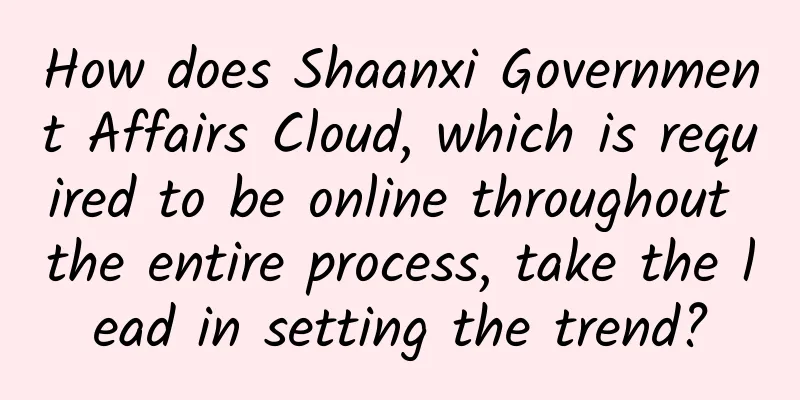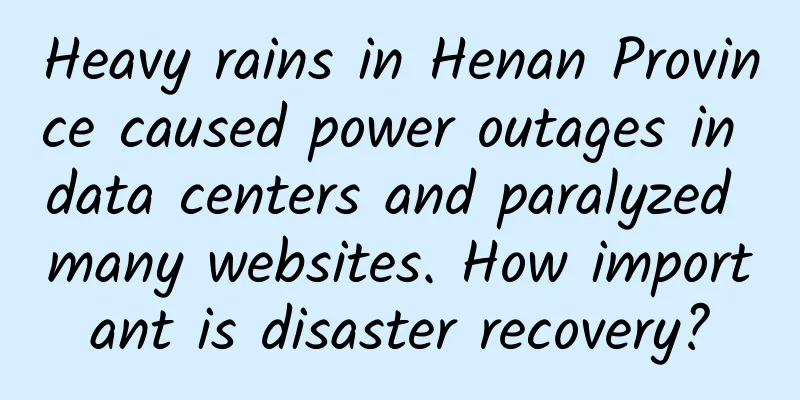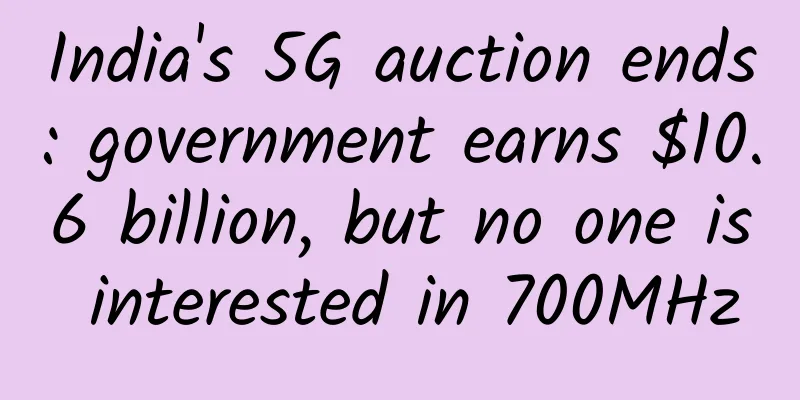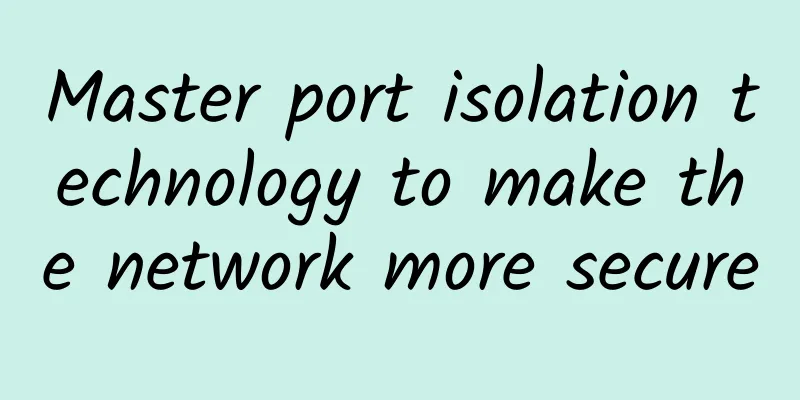Web3 Explained: A Chaotic Vision for the Future of Technology

|
Web3 is considered to be the future development trend of the Internet and is becoming a hot topic in the technology industry. The Financial Times published an article this week, interpreting Web3 and its future prospects. How can the Internet industry produce a revolution? As 2022 approaches, a new movement under the banner of Web3 has become one of the most discussed but poorly understood topics in the technology world. It is not yet clear what practical problems Web3 can solve and become a part of people's daily lives. Each iteration of the Internet has relied on the development of new technological capabilities. The first version of the Internet allowed people to browse static web pages. With the emergence of Web 2.0, the network has become a more interactive and real-time medium, and users themselves have become the content. These advances, built on the Internet’s open protocols, are enough to support entirely new types of user online activities. So what about the transition to a decentralized online world proposed by Web3? The core innovation of Web3 lies in the distributed consensus brought by blockchain technology. This means that users can reach binding agreements with strangers without relying on any intermediaries or centralized institutions. Imagine what new miracles of human collaboration might emerge if a large group of people could spontaneously complete various transaction activities? Cryptocurrency is the initial application of this technology, and the vision of Web3 is to use the same technical foundation to transform other forms of human interaction. Undoubtedly, the logic behind this fits the mood of the times, which is the decline of ordinary people’s trust in elites and authoritative institutions. Moreover, Web3 seems to offer a simple answer to the power of big tech companies: users can regain control of their data and online activities, while also having the opportunity to share in the profits currently held by big tech companies. Such rhetoric is tempting. However, behind the claims of decentralization, it is not clear what practical applications Web3 will have that can attract users away from current popular Internet services.
Web3’s first explosion was in decentralized finance and the digital collectibles industry known as NFTs. However, these explorations have not pointed the way for other applications. The former’s appeal lies largely in helping individuals complete transactions without intermediaries, thereby circumventing financial regulation, while the latter has always been a hotbed of speculation. There are other reasons to be wary. If you overturn the existing mechanisms that support large-scale human collaboration, what will be left? As some regulators have warned, the current financial market regulatory system relies on the supervision of centralized institutions such as banks and brokerages. It is true that regulators have not yet found a perfect way to constrain today's large technology companies. In this case, Web3 proposes to leave everything to the rules set by software and to be protected by encryption technology. However, will this take better care of the interests of ordinary people? If the wheels of this decentralized internet world are greased with new digital currencies, so-called “tokenization,” there will be other effects. This will lead to all online activities becoming market transactions, and every user interaction can be immediately monetized. This will therefore usher in a form of “hyper-finance” with unpredictable effects on people’s behavior on the Internet. Currently, Web3 looks like a starting point for a fairer system where individuals have control. However, the results of the change often do not match the vision at the beginning. Breaking down old intermediaries often paves the way for new ones to emerge, just as the first generation of the Internet did. The blockchain-based dream also has its limitations. It is impossible for humans to keep everything in an open, distributed database, and for all nodes in the database to be updated instantly to reflect all new changes. This leaves a lot of room for the development of new intermediaries that can turn the vision of Web3 into actual services. Moreover, the hype in the cryptocurrency space is a reminder that the orderly sharing of industry profits envisioned by Web3 is unlikely. This isn’t to say that the core technology behind Web3 lacks potential, or that today’s frenzy won’t spawn the next wave of important tech companies. But so far, advocates of the new technology have faced a difficult challenge: how to come up with practical applications that can meet the daily needs of millions of users. As the Silicon Valley rules, if you throw enough engineering brainpower and money at a problem, a better way will emerge. So we’ll have to wait and see what progress there is. Past internet revolutions have always been messy, and this one looks like it’s going to be messier than ever. |
<<: Meeting the Challenges of Multi-Cluster Kubernetes
>>: China has built and put into operation more than 1.39 million 5G base stations
Recommend
Computers won’t lie. If something is abnormal, there must be something fishy going on!
A few days ago, the product guy gave me feedback ...
[Black Friday] ProfitServer Singapore/Germany/Netherlands/Spain VPS 50% off, unlimited traffic KVM monthly payment starts from $2.88
ProfitServer has launched a Black Friday promotio...
What is an API Gateway?
Hello everyone, I am ApeJava. What is an API Gate...
Operators sound the charge for 5G terminals: With the "double clamp", the proportion of 5G mobile phones has increased significantly
2020 is the starting point for the substantial de...
JustVPS New London VPS 30% off, $3.08/month - 1GB/20GB/300M unlimited traffic
JustVPS.pro recently launched a new VPS in London...
How to deal with the four major challenges of edge computing
Edge computing use cases are broad and its early ...
Ruijie attended the CERNET Annual Conference and used its color light technology to depict a new blueprint for digital campuses
Recently, the 28th/29th Annual Academic Conferenc...
Who will shoulder the responsibility of making money from 5G? Although first class is expensive, total revenue still depends on economy class
5G brings a large number of new products and serv...
Four major issues and three major directions: these are what you should know about 5G pre-commercial use!
At the MWC that just ended last week, 5G can be s...
Sharktech: $99/month-2*E5-2670V2/32G memory/500G SSD disk/1Gbps unlimited traffic/Los Angeles data center
Sharktech is a long-established DC merchant in th...
It’s time to understand HTTPS and the encryption behind it
HTTPS (Hypertext Transfer Protocol Secure) is an ...
Communications man, what on earth have you done to Everest?
Do you still remember the 5G "cloud supervis...
RackNerd: $18.18/year KVM-1GB/24G NVMe/2.5TB/multiple computer rooms available
RackNerd is a foreign VPS hosting company founded...
MWC19 Shanghai | Open decoupling, the next generation evolution of operator networks
[[268794]] With the promotion and application of ...
The router is not to blame for the slow WiFi connection. Look at the receiving end.
The Year of the Rooster has arrived! Good luck to...







![[11.11] OneTechCloud 30% off monthly VPS, 10% off dedicated servers, Hong Kong CN2, US CN2, CN2 GIA high defense optional](/upload/images/67cac04a7f816.webp)

